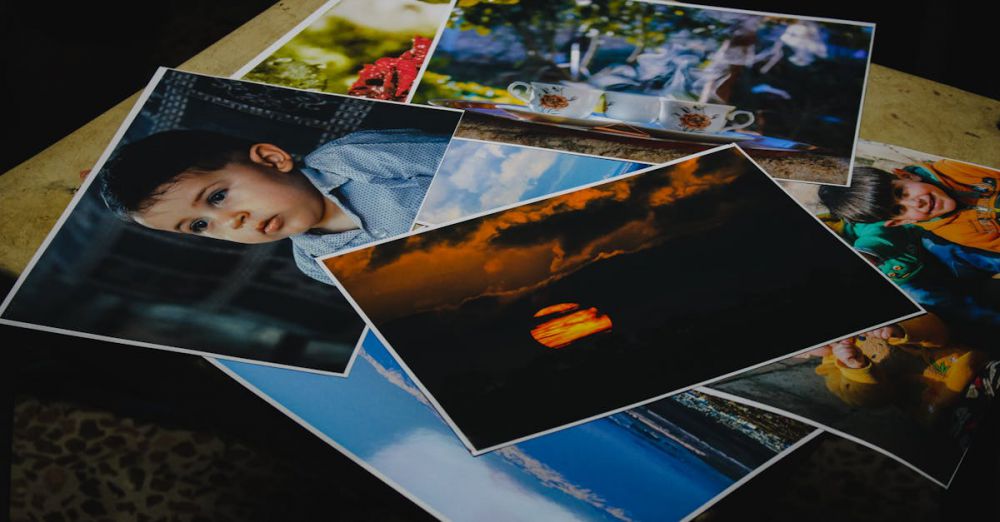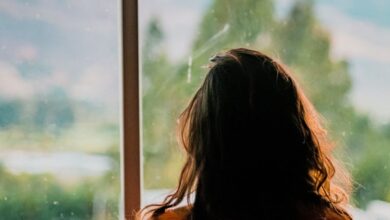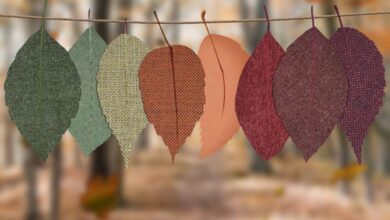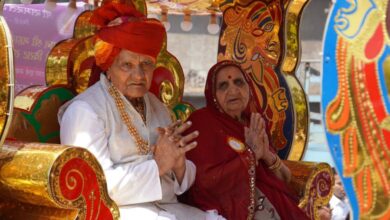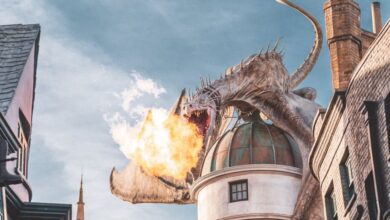How Can You Capture Photos of the Aurora Borealis
The Aurora Borealis, often referred to as the Northern Lights, is one of nature’s most mesmerizing displays. A swirling dance of vibrant colors illuminates the night sky, captivating photographers and adventurers alike. Capturing this celestial phenomenon on camera can be both thrilling and challenging. To immortalize the beauty of the Northern Lights, it’s essential to understand the right techniques and equipment.
Choose the Right Location
Finding the perfect spot to photograph the Aurora Borealis is crucial. The best locations are those far away from city lights, where the night sky is dark and clear. Places like northern Norway, Sweden, Finland, Canada, and Alaska are renowned for their stunning displays. Research local weather conditions, as clear skies are essential for visibility. Popular viewing spots often have tour operators that can assist with transportation and guidance, ensuring you reach the ideal vantage point.
Timing is Everything
The Aurora Borealis is most active during specific times of the year, typically between late September and early April. During these months, the nights are longer, providing ample opportunities to catch a glimpse of the lights. The best time of night to photograph the Aurora is usually between 10 PM and 2 AM, although the lights can appear at any time. Keep an eye on solar activity forecasts, as increased solar winds can lead to stronger displays.
Essential Equipment
To capture the magic of the Northern Lights, you’ll need the right equipment. A digital camera with manual settings is ideal, as it allows for greater control over exposure and focus. A sturdy tripod is essential for long exposure shots, preventing camera shake and ensuring sharp images. Use a wide-angle lens to capture as much of the sky as possible, and choose a lens with a low f-stop (around f/2.8 or lower) to allow more light in.
Setting Up Your Camera
Understanding your camera settings is vital for capturing the Aurora Borealis. Set your camera to manual mode to have complete control. Start with a high ISO setting (around 800 to 3200) to make your camera sensitive to low light. Adjust your aperture to the widest setting to let in as much light as possible. Experiment with exposure times; start with 10-15 seconds and adjust based on the intensity of the lights. Remember to focus your lens to infinity, but be prepared to fine-tune it as needed.
Composition and Framing
When photographing the Aurora, consider the composition of your shot. While the lights themselves are stunning, including foreground elements can add depth and context to your images. Look for interesting landscapes, trees, or other natural features to frame your photos. This can help create a captivating narrative within your image. Don’t forget to take multiple shots, experimenting with different angles and compositions.
Post-Processing Techniques
Once you’ve captured the Northern Lights, post-processing can enhance your images. Use photo editing software to adjust brightness, contrast, and color balance. This can help bring out the vibrancy of the lights and correct any exposure issues. Be cautious not to over-edit; you want to maintain the natural beauty of the scene. Experimenting with noise reduction tools can also help to create a cleaner image, especially if you shot at a high ISO.
Preserving the Experience
While capturing stunning photographs is rewarding, don’t forget to enjoy the experience of witnessing the Aurora Borealis. Take moments to simply absorb the beauty of this natural wonder. Sometimes, the best memories come from being present, not just behind the camera. Share your images with friends and family, but also share stories about the adventure that led you to capture those breathtaking moments.
Final Thoughts on Capturing the Northern Lights
Photographing the Aurora Borealis is a journey filled with anticipation and excitement. By choosing the right location, timing your shoot, using proper equipment, and understanding camera settings, you can create breathtaking images that capture the essence of this mesmerizing phenomenon. Embrace the challenge and enjoy the beauty of the night sky, for the Northern Lights are not just a sight to behold, but a memory to cherish.

